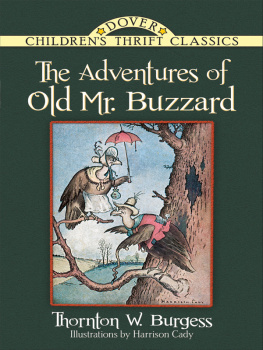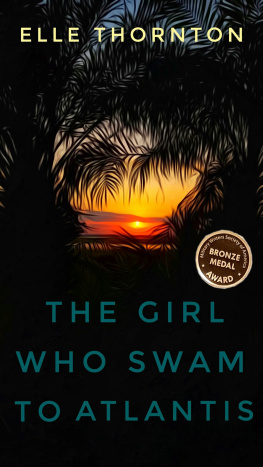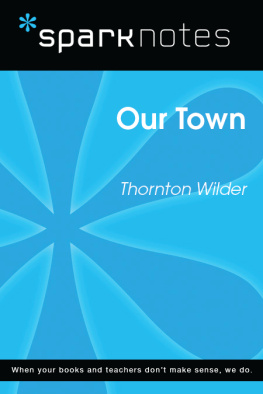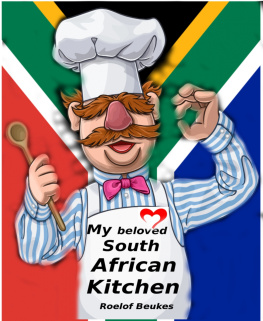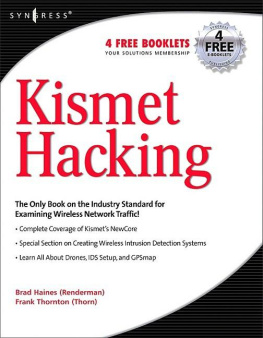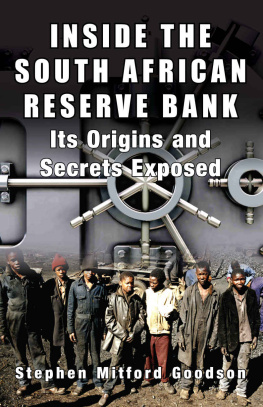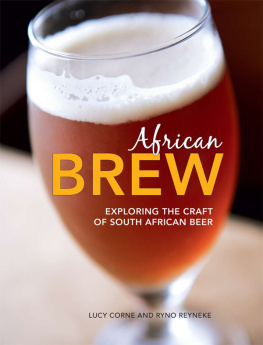Wits University Press
1 Jan Smuts Avenue
Johannesburg 2001
www.witspress.co.za
First published in South Africa in 2017
Copyright Robert J Thornton 2017
Cover photograph by Fiona Simmons Fiona Simmons 2017
Photographs by Robert J Thornton. Copyright Robert J Thornton 2017
Selected images reproduced with permission of British Museum, London (Licence No. 1165314001); Naprstek Museum, Prague; and University of the Witwatersrand Entomology Collection, Johannesburg.
All images remain the property of the copyright holders. Wits University Press gratefully acknowledges the publishers, institutions and individuals referenced. Every effort has been made to obtain permission to reproduce all images. Please contact the publisher at the address above in case of any omissions or errors.
ISBN 978-1-77614-018-3 (Print)
ISBN 978-1-77614-019-0 (PDF)
ISBN 978-1-77614-020-6 (EPUB N & S America, China)
ISBN 978-1-77614-021-3 (EPUB Rest of World)
All rights reserved. No part of this publication may be reproduced, stored in a retrieval system, or transmitted in any form or by any means, electronic, mechanical, photocopying, recording or otherwise, without the written permission of the Publisher, except in accordance with the provisions of the Copyright Act, Act 98 of 1978.
Project managed by Hazel Cuthbertson
Edited by Pat Tucker
Proofread by Alison Lockhart
Indexed by Marlene Burger
Cover designed by Hothouse South Africa
Typeset by Newgen
Acknowledgements and dedication
I am grateful for the assistance of many individuals sangomas, healers, colleagues in anthropology, botany, ethnobotany, archaeology, history, curators and other specialists.
I especially wish to acknowledge the close friendship with my collaborators during my work in Barberton: my teacher of bungoma, Magodweni (Fani Nkosi), my friend and assistant in many endeavours, Zelda Gama, my former student, Shado Dludlu, who became a sangoma and led me to Barberton, and guide and mentor, Joel Mnisi, in particular. Most of these friends have now passed away, as have most of the participants with whom I began my research in Barberton in 2000. They are deeply missed.
There were many others whom I do not name, but I am deeply grateful to them all.
In particular, I honour Sophie Jardim and the family of HIV orphans she raised together with her own children. I learned much from her and enjoyed her company and the meals she prepared from donated food for her large family. One member of her family, Catherine Mabila, helped me a great deal with the transcription and translation of material from videos that I shot with Zelda Gama, Joel Mnisi and Magodweni.
James G Harrison (Animal, Plant and Environmental Sciences, University of the Witwatersrand (Wits), Johannesburg) identified the beetle discussed in as B. ornatus. He provided significant original research on the distribution of B. ornatus and supplied specimens from the universitys collection for photography.
Jana Jiroukov (Naprstek Museum, Prague) gave me access to the Naprstek Museum archives and storerooms to enable me to examine the beetle amulet and associated materials in the Emil Holub Collection. Helena Gaudekova assisted me in exploring the collections. Gaudekova and Jiroukov also provided a forum for the first presentation of some of these ideas by inviting me to present a talk at the conference Museum and Cultural Identity of the Rseau Internationale des Muses Ethnographique in Prague, 810 October 2012.
Catherine Elliott (Museum Assistant, Africa Collections, Department of Africa, Oceania and the Americas, British Museum) provided information relating to the British Museum examples of B. ornatus strung with beads.
Mark McGranaghan (Rock Art Research Unit, University of the Witwatersrand) steered me towards the Bleek-Lloyd online archive and pointed out that a beetle was referenced there. Sam Challis also provided guidance.
David Morris (Kimberley Museum, Kimberley, South Africa) provided invaluable assistance in understanding the Driekopseiland site where the rock engraving of B. ornatus was found (although the image is also part of the Bleek-Lloyd online archive).
Professors Anitra Nettleton (Wits Art Museum) and Kevin Balkwill (Botany, University of the Witwatersrand) had important discussions with me and supplied information that I have used in this book.
I profited greatly, too, from the comments and support of my readers and the conference attendees and seminar participants who listened to much of what is assembled here. Professor Richard Werbner and the members of the Satterthwaite Colloquium on African Religion and Ritual, held annually in Grasmere, England, were especially helpful.
The chapter on markets was significantly improved by discussions with Rijk van Dijk and Marliese Dekker at the seminar in Leiden out of which that chapter emerged.
Sarah A Bologne did an excellent job of editing the complete manuscript, suggesting many substantive changes as well as making the text more readable. I am grateful, too, for the insightful and helpful comments and suggestions from the anonymous readers. I am immensely grateful to all of these friends and colleagues.
I have published parts of this book in earlier publications. I thank the publishers for permission to reuse this material, and acknowledge its previous publication:
. DOI: 10.3366/E0001972008000582.
, Healing conflict is derived, in part, from Four principles of South African political culture at the local level, Anthropology Southern Africa 28: 2230 (25 September 2015). Published by Taylor and Francis on behalf of Anthropology Southern Africa association, and used with permission.
Parts of Chapter 6, Marginal utilities and the hidden hand of zombies were originally published as a comment on Jane Guyers Prophecy and the near future: Thoughts on macroeconomic, evangelical, and punctuated time, American Ethnologist 34(3): 437439 (August 2007). Stable URL: www.jstor.org/stable/4496823.
, The market for healing, is derived in part from a chapter entitled The market for healing and the elasticity of belief: Medical pluralism in Mpumalanga, South Africa in Marlene Dekker and Rijk van Dijk (eds), Markets of well-being: Navigating health and healing in Africa (African Dynamics Series, African Studies Centre): 144172. Leiden, Netherlands: Brill, and used with permission.
My own ancestry provided surprising access to bungoma, the southern African healing tradition that recognises ancestors as persons with a continuing interest in and influence over ones life.
My mother was able to read the entire manuscript as I was working on the final edit. She made comments and corrections on almost every page while I helped her through her final illness and sat with her through the work of dying. She died a month after having carefully worked through the manuscript. Reading her comments is like talking to her again and again. This book, like so much else, is better for what she did with her life. An educator, a scientist and intellectual, and a daughter, wife and mother, she engaged with me through everything I did, or attempted to do. She was a deeply involved citizen of the world in the many places where we lived and where I grew up: in Colorado, Iowa, Hawaii, and Pennsylvania in the USA, in India and Uganda and later in many other parts of the world. She understood healing as she understood so much else.



